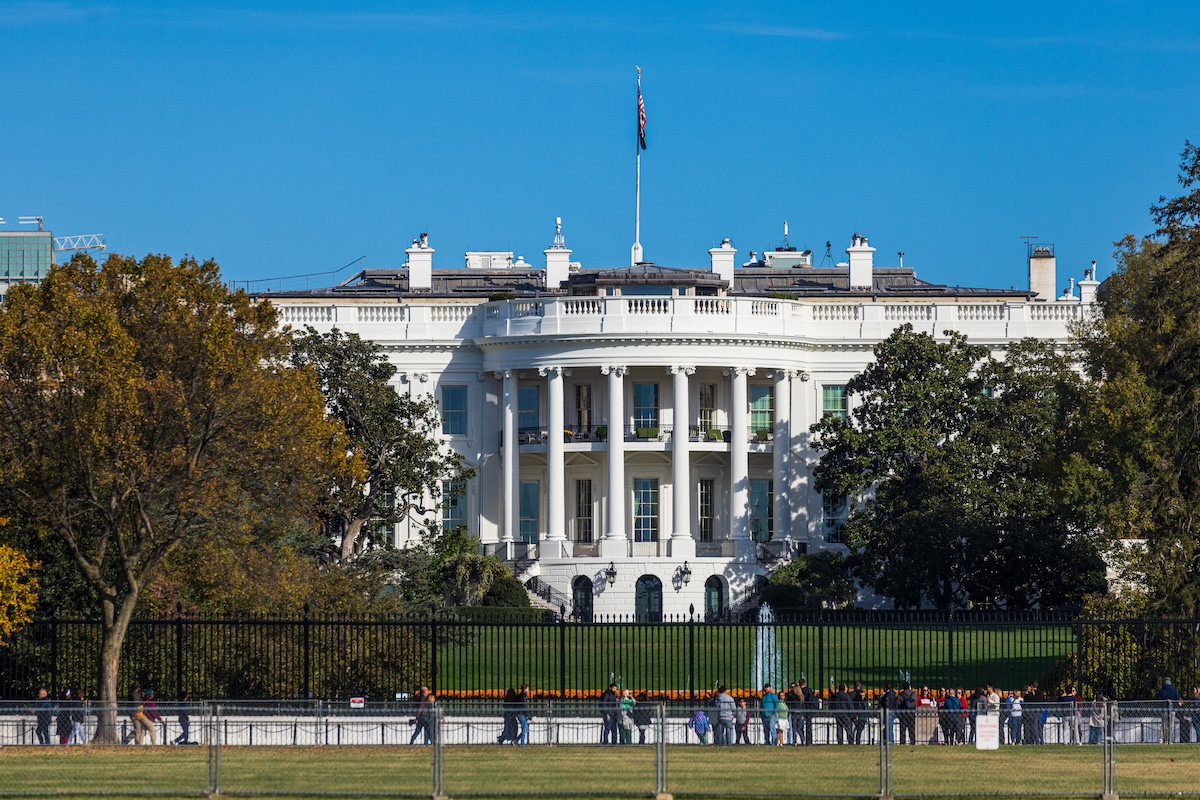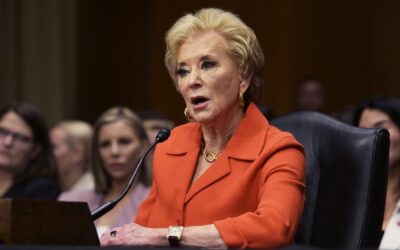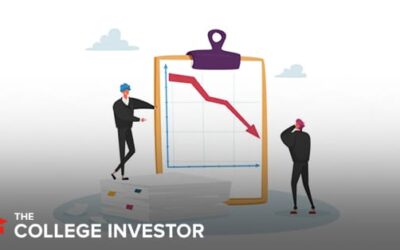Key Points
- Starting July 1, 2027, new federal student loan borrowers will no longer qualify for economic hardship or unemployment deferment.
- Forbearance options will be restricted to a maximum of 9 months within any 24-month period for these new borrowers.
- Current borrowers will retain existing deferment and forbearance rights, but new loan recipients must prepare for stricter repayment expectations.
The final version of the One Big Beautiful Bill includes major changes to how student loan borrowers can pause their payments starting in 2027. These adjustments will largely impact future borrowers and reshape how the Department of Education handles periods of hardship.
The key changes revolve around economic hardship and unemployment deferment. The new bill eliminates these options, and replaces them with a new forbearance rule. The stated goal is to “have people enroll in an income driven repayment plan such as RAP” in lieu of forbearance. While this is a novel goal, it doesn’t always work in practice.
Here’s what borrowers need to know.
Would you like to save this?
No More Economic Hardship or Unemployment Deferment For New Borrowers
For decades, borrowers facing unemployment or economic hardship could apply for a deferment, which temporarily paused payments, and for those with subsidized loans, prevented interest from accruing.
Economic hardship deferment allowed borrowers to defer their loan payments for up to 36 months, in one year increments. Unemployment deferment allowed borrowers working less than 30 hours per week and seeking work to defer payments for up to 36 months, in 6 month increments.
Under the new law, these option will no longer be available to those who take out federal loans on or after July 1, 2027.
The bill adds a new provision:
A borrower who receives a loan…on or after July 1, 2027, shall not be eligible to defer such loan under [unemployment and economic hardship].
This change means future borrowers must rely on other forms of relief, like income-driven repayment plans or limited forbearance periods, instead of deferment.
Strict Forbearance Rules For Future Loans
Forbearance will remain available but will be more strict. As of July 1, 2027, new borrowers will be limited to 9 months of forbearance during any 24-month window. That limit comes from an addition to Section 455(f):
A borrower who receives a loan made under this part on or after July 1, 2027, may only be eligible for a forbearance on such loan pursuant to section 428(c)(3)(B) that does not exceed 9 months during any 24-month period.
This rule significantly reduces the availability of payment pauses. Currently, borrowers can request discretionary or mandatory forbearance for many reasons, and often do so repeatedly.
Critics have argued it allowed borrowers to drift in and out of repayment without long-term progress toward forgiveness or payoff. It also allowed for strategies like the Borrow and Die Strategy, where some borrowers could basically avoid repayment altogether.
What This Means For Existing Borrowers?
Borrowers with federal student loans issued before June 30, 2027, are not impacted by these restrictions. They will continue to have access to the current deferment and forbearance rules. That includes economic hardship deferment, unemployment deferment, and longer forbearance periods depending on individual circumstances.
However, borrowers who consolidate existing loans into a new loan after July 1, 2027, may want to exercise caution. Consolidation means getting a new loan, and that new loan will be bound by the rules after July 1, 2027.
What Happens Next?
The shift away from deferments and toward limited forbearance will require borrowers, particularly those entering repayment after college, to pay closer attention to their options. Without hardship deferments, new borrowers will need to be extremely familiar with the new Repayment Assistance Plan (RAP).
The goal of these changes is to encourage active repayment and progress toward loan forgiveness. But for borrowers with unstable income, limited hardship options could make transitions between jobs or unexpected financial setbacks more difficult to manage.
Students and families considering borrowing federal student loans after mid-2027 should factor in these changes. Ensuring you have a clearer understanding of what your student loan repayment will look like BEFORE you borrow will be key.
Borrowers will still have some flexibility, but the safety net will be smaller than before.
Don’t Miss These Other Stories:
Grad PLUS Loans Will Be Ending In 2026
Millions Could Lose PSLF Access In 2026 And Beyond
SAVE Student Loan Plan Timeline Estimates: What To Expect
Editor: Colin Graves
The post Big Changes Coming To Student Loan Deferment And Forbearance appeared first on The College Investor.






0 Comments